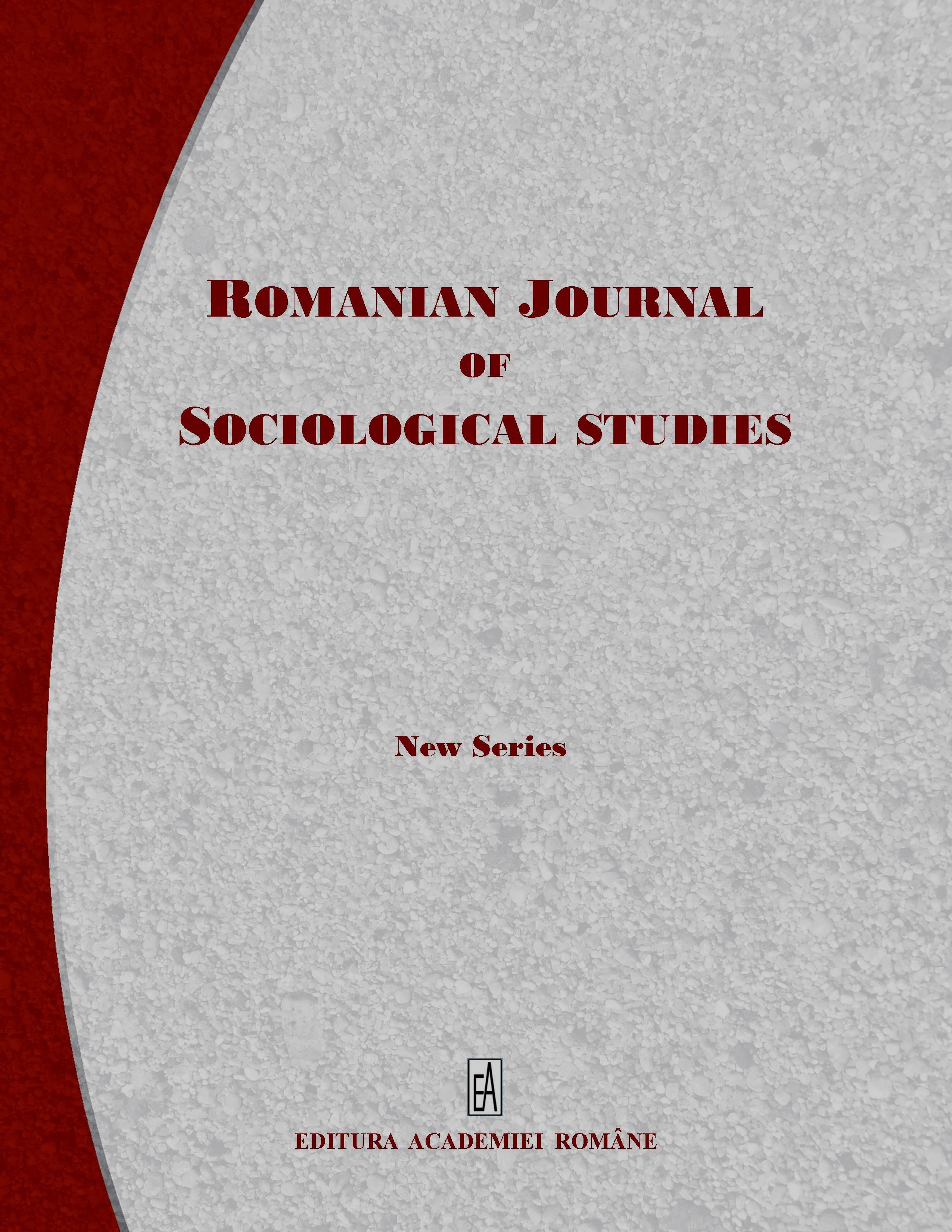TRADING ACROSS INDO-TIBET BORDER AND ITS IMPACT ON THE TRIBES OF THE HIMALAYAN BORDERS
TRADING ACROSS INDO-TIBET BORDER AND ITS IMPACT ON THE TRIBES OF THE HIMALAYAN BORDERS
Author(s): SUBHADRA MITRA CHANNASubject(s): Social Sciences, Sociology, Culture and social structure
Published by: Editura Academiei Române
Keywords: Himalayan tribes; Bhotiyas; Cross-border trade; Tibet; identity;
Summary/Abstract: The concept of tribes in South Asia has been informed by several criteria but all having one aspect in common, that those considered as tribes are viewed as the ‘Other’ from the point of view of the mainstream populations of India, following the major religions of the sub-continent. These communities are also regarded as ethnically (read racially) distinct and having cultures that set them apart from the dominant Hindu majority. In this paper the discussion will focus on the border tribes of the upper Himalayas, the Bhotiyas and Kinnauries, both pastoral communities engaged in the erstwhile lucrative trans-border trade with Tibet (now China). For centuries Tibet had been at the center of the Tibetan Salt trade that dominated the lives of the communities living on the borders of this specific cold plateau region that was the source of rock salt for all the neighbouring areas constituted by the upper Himalayan regions of India as well as Nepal, Bhutan and Sikkim (now part of India). Not only salt but also pashmina, borax, rice and wool were among many coveted items that formed the part of the active trade across the borders with Tibet as the pivot. There has been constant movement of people across the borders and cultural and religious exchanges have taken place over centuries the most important of which has been the travel of Buddhism from India to Tibet and consequently its travel back with Dalai Lama after 1958. Tibetan artisans and even labour crossed borders into areas of Kinnaur and upper Garhwal even as Bhotiya communities and even the Gosains of Bengal and various other interested parties moved to and fro from Tibet on a regularbasis. The cultural and political influence of Tibet has been immense and its remnants can be seen even after the closure of the borders after the Indo-China war and the annexation of Tibet. The influence of Buddhism has in fact intensified with the migration of the Dalai Lama along with his followers in 1958. But in the present times the symbolic association with Tibet is causing unease among the tribal border communities on the Indian side of the border. In this paper I shall briefly sketch the historical outline of the political shifts along the border and how the influence of Tibet and its culture and religion has varied over time and what is its present status. The focus is on how the tribes construct their identity and how it differs radically from the identity that is created for and about them by those who hold the keys to power.
Journal: Romanian Journal of Sociological Studies
- Issue Year: 2019
- Issue No: 2
- Page Range: 99-110
- Page Count: 12
- Language: English

